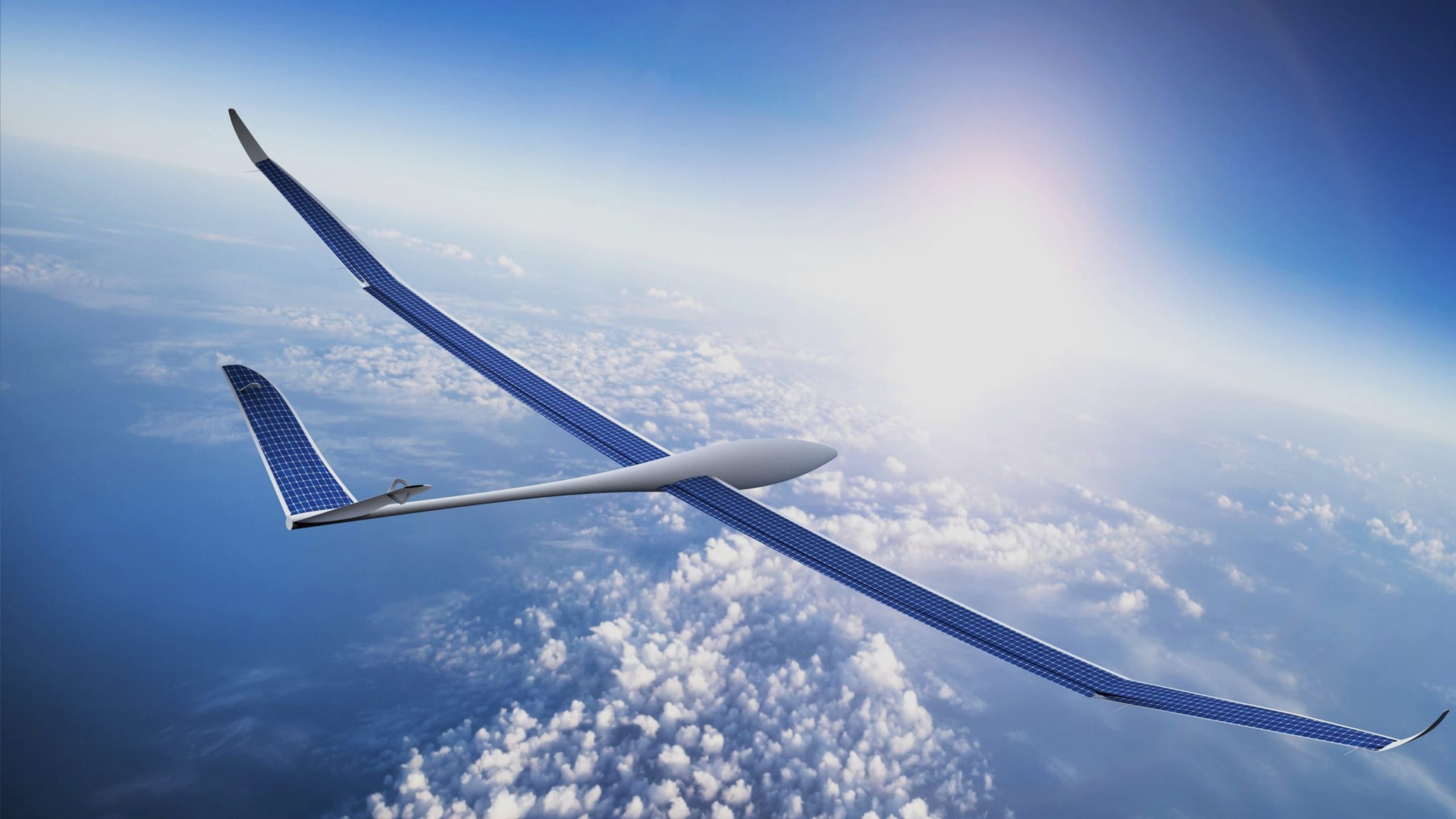
A European project symbol of Belgian space competitiveness funded by the European Space Agency
The global collaborative Cospas Sarsat (C/S) system can detect and locate countless distress situations and alert search and rescue services through dedicated satellites (LEOSAR, GEOSAR and recently MEOSAR). Even if the performances of this system are appreciable, an improvement can be envisaged for the deployment of second-generation beacon (maritime, aerial, or terrestrial domains) in order to reach the full potential of latest MEOSAR satellites.
As for High Altitude Platform System (HAPS), these are aircraft, generally planes, airships or balloons, positioned between 18 and 30 km above sea level to compose a telecommunications or remote sensing network in the civil and military applications.
Given this promising technology, M3 Systems Belgium, specialist in the simulation, analysis and processing of GNSS signals and Stratos Solutions, specialist in the development and operation of airborne solutions dedicated to Earth observation, have collaborated on the improvement of the existing C/S system. They also worked on the implementation of new features such as carrying out geolocation by imagery thanks to HAPS or even establishing direct communication between the units in distress and the emergency services.
This project called HASARDS (Haps-Augmented Search-And-Rescue Demonstration System) is funded under ESA´s NAVISP Element 1 programme. The HAPSs played the role of a MEOSAR satellite at lower altitude, offering a better radio link and a more precise location, including in degraded atmospheric conditions. The following objectives were achieved during the project:
- Analyze, define and document system enhancements using CAPELLA, an open-source Model-Based Systems Engineering (MBSE) tool.
- Plan and execute a flight test campaign involving the BOREAL drone and the STRATOS SOLUTION’s S201 aircraft, piloted to reproduce respectively a distress aircraft carrying a second-generation beacon and a future HAPS on the aerodrome of Saint Hubert with the support of the Centre of Excellence ID2MOVE.
- A second-generation beacon, provided by ECA group, was configured for the needs of the project and used during the flight campaign to record distress signals in real conditions.
- Develop and operate a second-generation beacon signal simulator.
- Develop and operate a HAPS system simulator providing localization of the distress situation in several scenarios. The processing of the real beacon signals, useful as input data to the simulator, was carried out using the “GNU Radio OQPSK-DSSS Second Generation SAR IQ Processor” tool developed by Tom MLADENOV, former Payload Operation Engineer at ESA.
The conclusions are clear: a HAPS system independent of C/S system brings real added value to SAR operations by providing location and tracking details by data fusion and georeferenced imagery while becoming a communication relay between the SAR teams and people in distress. This solution offers interesting prospects for use by providing localization means complementary to the C/S system and while limiting the number of HAPS necessary to cover the search area.

